Australian winemakers court Asian tastebuds
Wrapped tightly in sleeping bags to keep them from freezing in frigid conditions, Australian winemaker Sirromet’s bottles slowly make their way across the vast Mongolian landscape on the back of a yak.
The wine’s journey from Queensland, about 9,500 kilometres (5,900 miles) as the crow flies, to isolated parts of the sparsely-populated Asian nation is one example of the growing appeal of vintages from ‘down under’.
